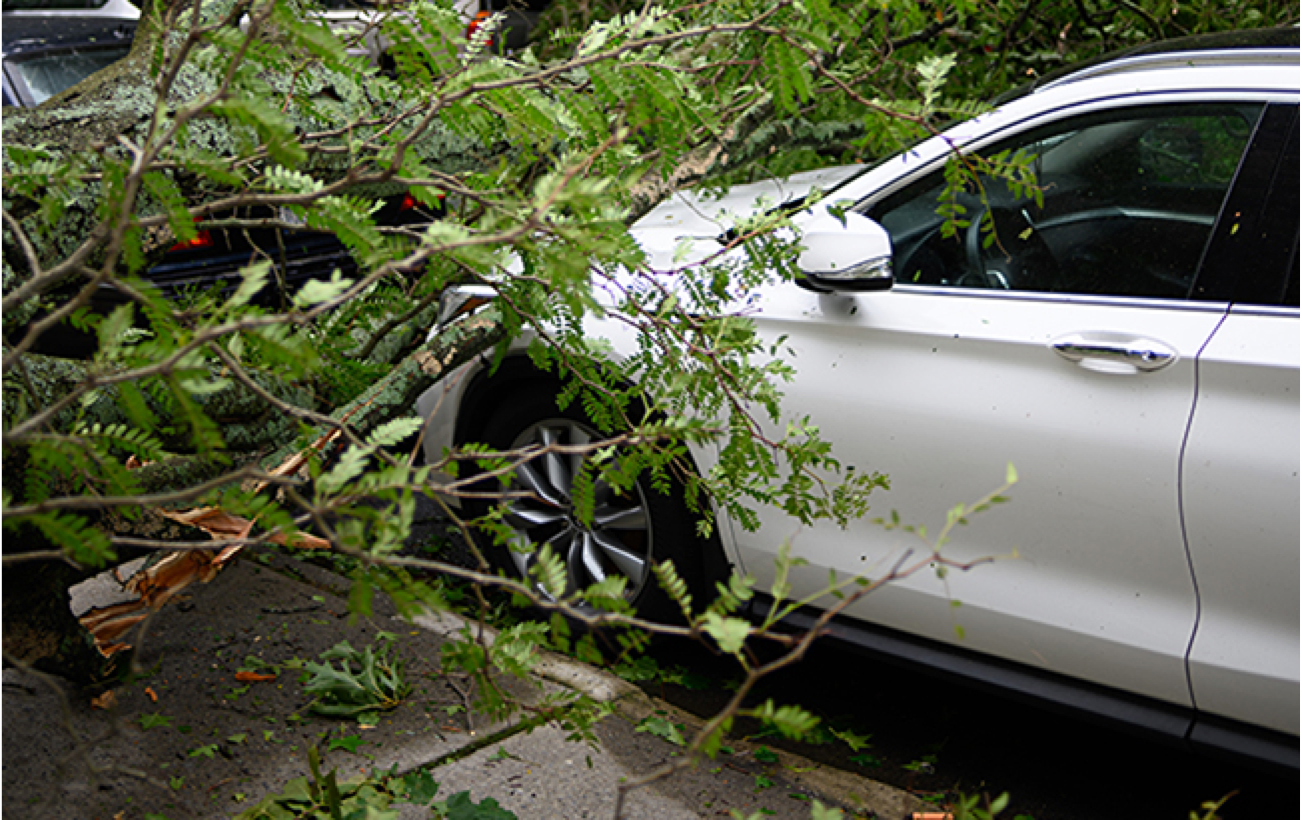Rainstorms are an important resource for our waterways and aquifers, bringing life-giving water for irrigation, drinking water and more. But there is a significant difference in a gentle shower and a violent downpour that can result in destruction of houses and even loss of life. And as our world grows warmer, the propensity for violent storms is on the increase.
Rising sea levels caused by melting polar ice can contribute to a storm’s destructive capacity with higher storm surges and more flooding. And scientists are currently exploring a connection between warming seas and an increase in the intensity of cold winter storms along the eastern half of the United States.
For most, however, the time between June and November is peak tropical storm and hurricane season. In the recent past, storms experienced during this timeframe have shown an alarming increase in intensity. For one thing, they are getting wetter. Rainfall rates during these storms are increasing and one storm can now produce more water than ever before, thanks to the warming trend. To illustrate this, scientists noted that Hurricane Harvey, a storm that touched ground in the U.S. in 2017, dumped more than 40 inches of rain during its journey across the southeastern states — more rain than had ever been recorded in history.

Another notable change is storm intensity, which researchers say is increasing by about 8% each decade. Intensity includes damaging winds as well as rainfall. What’s more alarming is the ability of these storms to intensify quickly, with some wind speeds increasing by 35 mph over a one-day period.
For homeowners, businesses and the utilities that serve them, this trend can be not only troubling ‚Äî but dangerous. A storm’s danger doesn’t just pass when the storm fizzles out. Flooding, high winds and other factors contribute to sustained dangerous conditions after a storm has passed. While we currently can’t do anything to stop storms from evolving, we can protect ourselves from these dangerous conditions with some simple safety tips.
Tips for Staying Safe After a Storm has passed
Many people breathe a sigh of relief after a major storm has passed, counting their blessings, particularly if the storm caused no damage to their home or business. But even though the sun may be shining, there are still many dangers that exist after a major storm.
Here is what you should know to keep yourself safe:
Stay Clear from Downed Power Lines
It is common for power lines to be on the ground following an intense storm. Sometimes they can be arcing or throwing sparks, but other times they can seem dead. However, any utility line— from telephone wires to television cable lines — can be in contact with power lines that are energized, and any contact with them can cause electrical shock and even death.
If you see a downed power line, report it to your local utility and warn others to stay away from it. Never touch it, drive over it in a car or touch anything metal that is in the line’s vicinity. A downed line can energize metal objects that are near it such as culverts or fences.
If Your Power is Out, Use Flashlights Instead of Candles
While it might be tempting to use candles to light certain areas of your home in a power outage, this is a fire hazard and should be avoided if you can. Make sure you have plenty of flashlights or even battery-operated candles and a supply of extra batteries on hand for emergencies.
Be Careful When Clearing Tree Damage After a Storm
You might want to get right back to business after a storm — and that could mean clearing downed trees or vegetation from your home or place of work. This is a dangerous proposition, particularly if the trees are growing near electric or other utility lines.
If there are limbs down or tree damage, call your utility immediately. Electricity from sparks and arcing can cause a fire and even jump from the tree to a person nearby if the tree is still live and especially if it is wet. Any live wire touching a tree can electrify not only the tree, but also the ground around it, making the entire area dangerous.
Your utility will call in a professional tree-trimming service that will take care of the broken branches, limbs and other vegetation in a safe manner that will protect you — and your house or business — from additional harm.
For Utilities, Townsend Tree is the Answer to After-Storm Safety
If you’re a utility, chances are you will be flooded with calls from residential and business customers experiencing issues with downed lines after a storm passes. Many of these lines may be in contact with surrounding vegetation or may have been downed by broken tree limbs or other issues with surrounding trees. A downed line surrounded by vegetation and debris can pose a serious threat to untrained or unaware individuals in the area, so it is to your advantage to manage the situation as quickly as possible.
To manage risk for your customers — and for your utility — it is smart to call in experts to remove any dangerous vegetation and clear the area for your workers. Townsend Tree has leading-edge knowledge in storm damage relief procedures, including power line clearance, hazardous tree removal and removal and processing of debris. Our team of tree clearing professionals can easily assess the situation and provide a fast, cost-effective solution that will clear the area safely and efficiently to help keep your workers and your customers safe.
